The Philodendron Heartleaf plant, also known as the sweetheart plant, is a popular indoor plant native to South and Central America. They have dark-green leaves, which initially sprout out as bronze-coloured leaves.
The Heartleaf is a tropical plant, making it well-suited for Indian climates. It grows fairly slowly, but is a long-living plant, especially when well cared for. They can live for decades if they have a favourable indoor environment.
Why are Heartleaf Plants Popular as a Houseplant
Factors to Have Philodendron Heartleaf | Care | Common Problems | Planter Recommendations
Factors to Have Philodendron Heartleaf Plant as Your Houseplant

- Easy care: These plants are very easy to care for and are a good choice for beginner plant owners. They are low maintenance and can survive in a variety of lighting conditions.
- Air purification: Philodendron plants are effective at removing toxins from the air, making them a great choice for improving the air quality in your home.
- Versatility: Heartleaf plants can be grown as trailing plants in a hanging basket or trained to climb a rope stick or a wall. They are also small enough to be grown in pots on a tabletop or desk.
- Aesthetically pleasing: Philodendron heartleaf plants have lush, green leaves that are attractive and can add a touch of greenery to any room.
(back to top)
Caring for Your Philodendron Heartleaf

Now that you have decided to bring a Heartleaf home, here’s what you need to know about their care requirements:
- Watering: The sweetheart plants prefer to be consistently moist but not waterlogged. Water the plant thoroughly, allowing the water to drain through the planter and empty out of the drainage hole. Avoid letting the plant sit in standing water, as this can cause the roots to rot. Allow the top inch or so of soil to dry out before watering again.
- Lighting: These plants can thrive in a variety of lighting conditions, from low to bright indirect light. They can tolerate low light levels, but they may grow slower and have smaller leaves. Bright indirect light will encourage faster growth and larger leaves. Avoid placing the plant in direct sunlight, as this can scorch the leaves.
- Soil: Use a well-draining potting mix for your Philodendron Heartleaf plant. A mix of potting soil, perlite, and cocopeat work well.
- Fertilizing: Heartleaf plants benefit from regular fertilization during the growing season (spring and summer). During the winter season, you can reduce fertilization to once a month or skip it altogether.
- Repotting: Philodendron Heartleaf plants do not need to be repotted frequently, as they prefer to be slightly pot-bound. When repotting, choose a planter that is only one size larger than the current one and use a well-draining potting mix.
- Pruning: You can prune these plants to maintain their shape or to remove any damaged or diseased leaves. Use a clean, sharp pair of scissors to make precise cuts. Avoid cutting off more than a third of the plant at a time.
- Propagation: Philodendron Heartleaf plants can be propagated from stem cuttings. To do this, cut a stem with at least one leaf node (the point where a leaf attaches to the stem) and remove the lower leaves. Place the cutting in a jar of water or a planter filled with moist soil and keep it in a warm, well-lit location.
(back to top)
Common Problems with Philodendron Heartleaf
Your Heartleaf plant could run into a few problems while growing. Here’s how to remedy most of them.

- Yellowing leaves: Yellowing leaves can be a sign of over- or under-watering, or it can indicate a problem with the plant's lighting conditions. Check the soil moisture level and adjust your watering schedule as needed. If the plant is getting too much direct sunlight, move it to a location with indirect light. Yellowing leaves is also common in the plants like Fiddle Leaf Fig and Snake Plant.
- Wilting leaves: Wilting leaves can be a sign of over- or under-watering. Check the soil moisture level and adjust your watering schedule as needed.
- Pests: Philodendron heartleaf plants can be prone to pests such as aphids, mealybugs, and spider mites. If you notice any of these pests keep your plant away from other plants and spray it with a concoction of neem oil and water to keep such insects at bay.
- Root rot: Root rot is a common problem that can affect Philodendron Heartleaf plants. It is caused by the roots being exposed to excess moisture for an extended period. Symptoms of root rot include yellowing leaves, wilting, and a foul smell coming from the soil. To fix this problem, remove the plant from its planter and trim off any diseased roots. Repot the plant in fresh, well-draining soil, and be sure to allow the soil to dry out completely between watering.
This tropical beauty is a popular choice for home gardeners, as it is easy to care for, well-suited for Indian climates, and thrives under indirect light.
(back to top)
Recommendation for your Philodendron Heartleaf
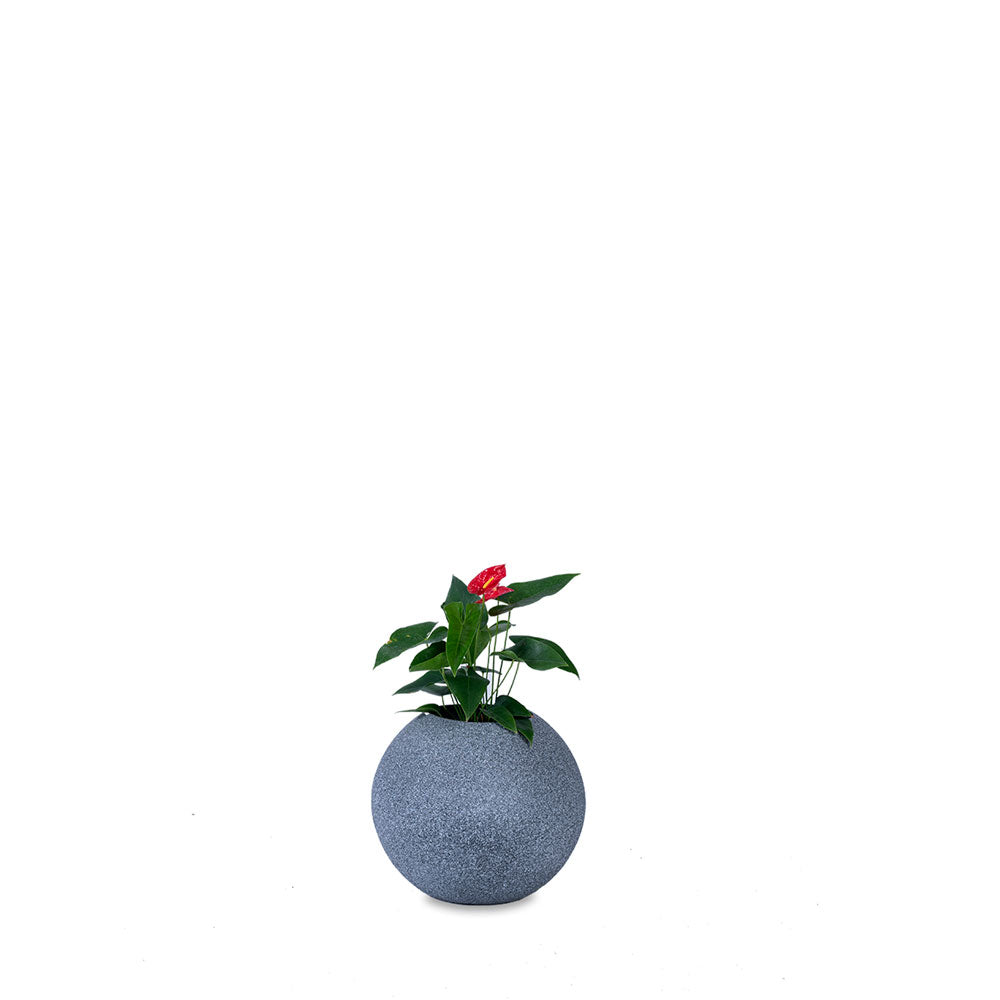
Cosmos Small
FRP Planter
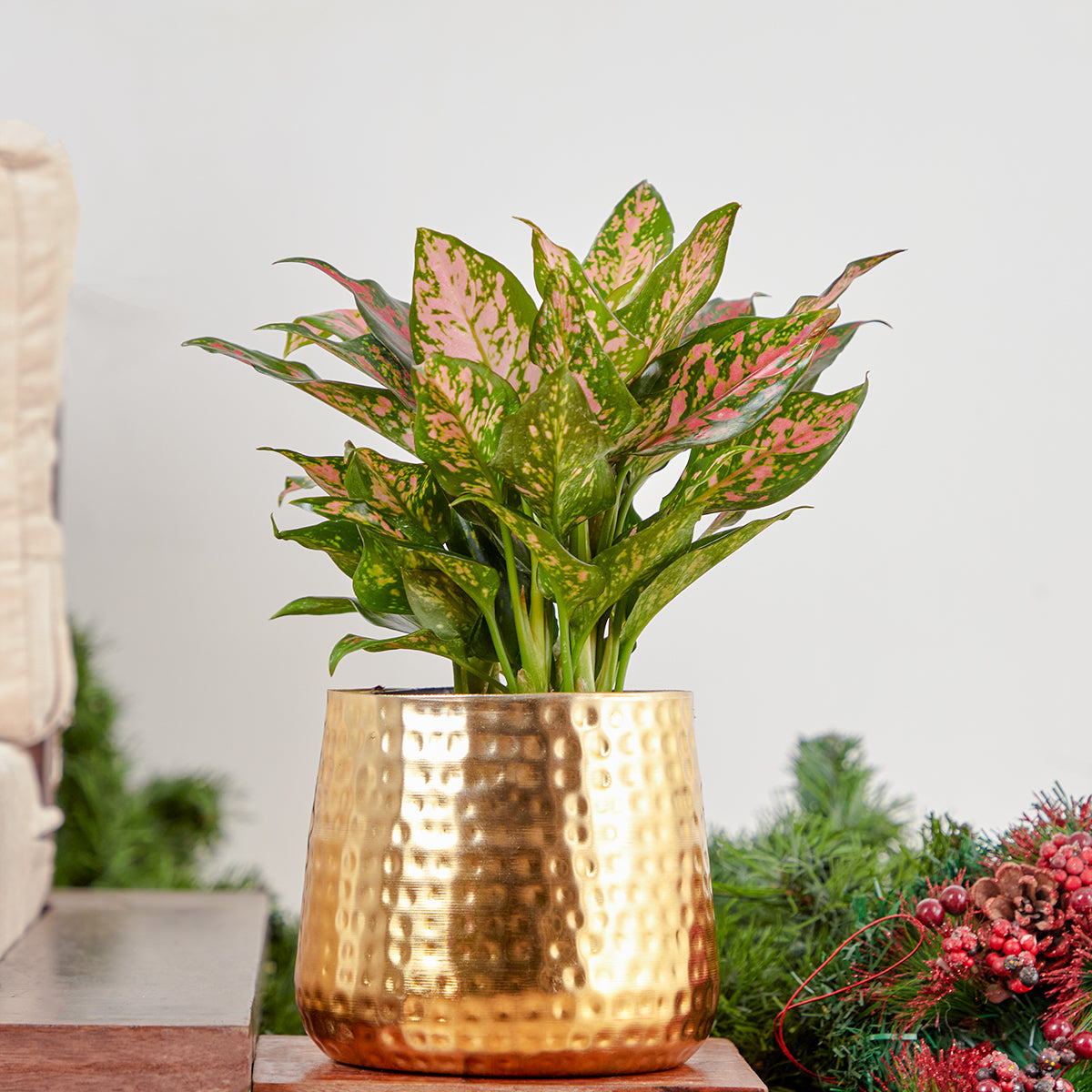
Anoth
Metal Planter
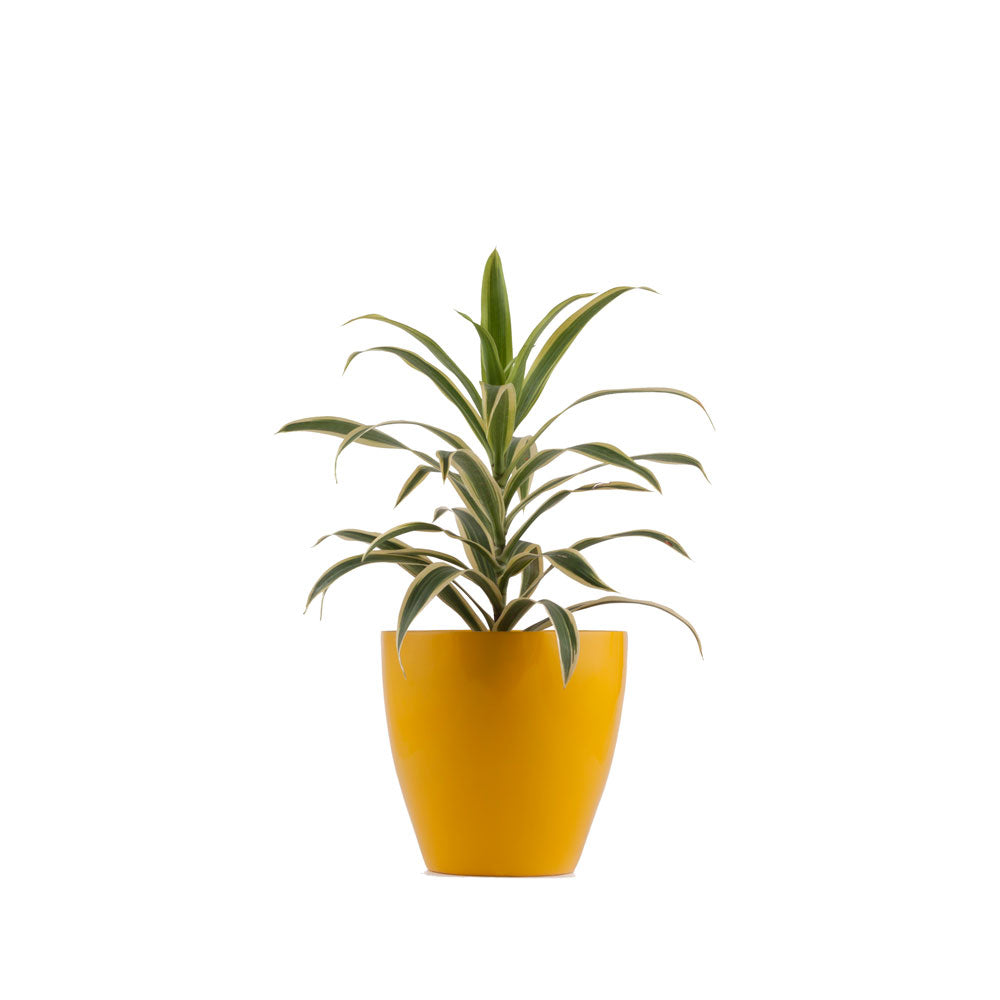
Dio Planter
FRP Planter
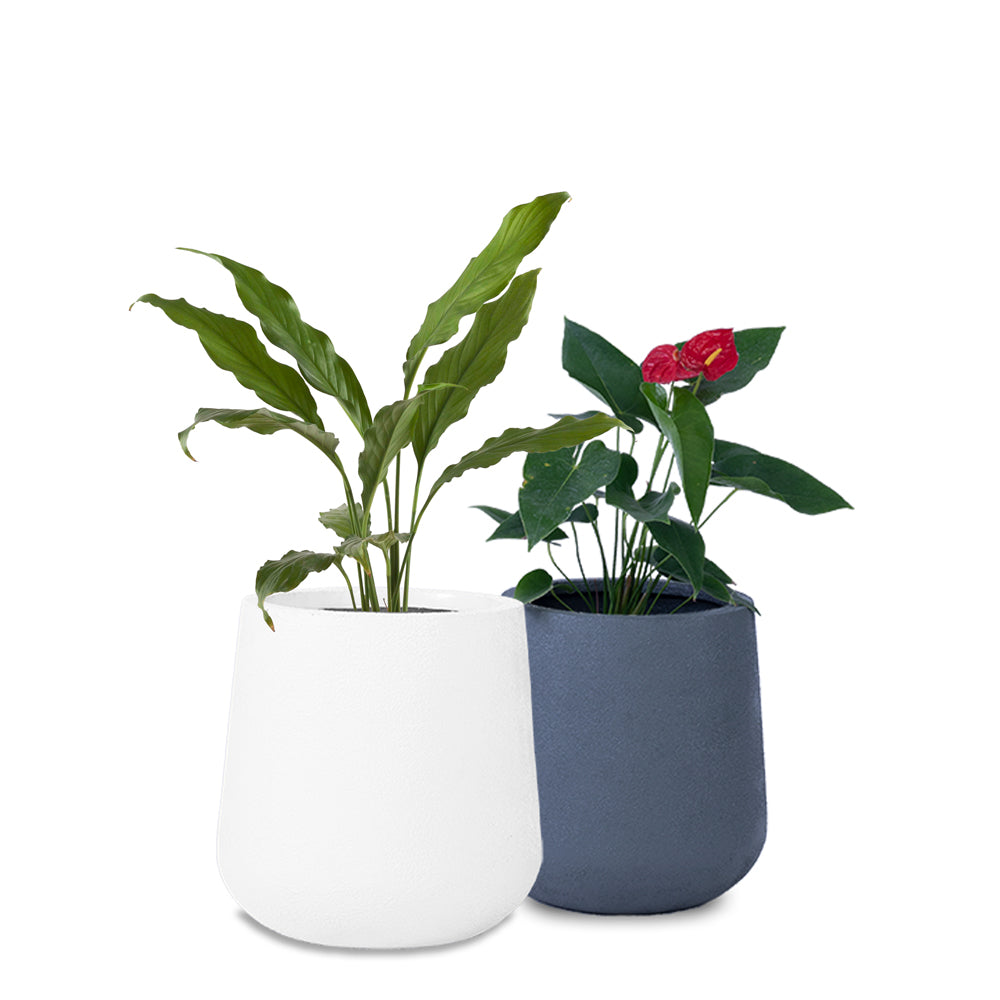
Aquila XS
FRP Planter

Cosmos Small
FRP Planter

Anoth
Metal Planter

Dio Planter
FRP Planter
FRP Planter
Discover more planters for Your Philodendron Heartleaf



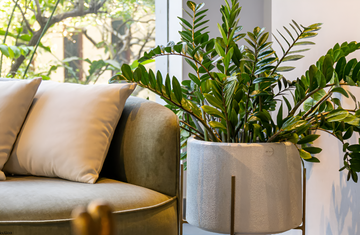

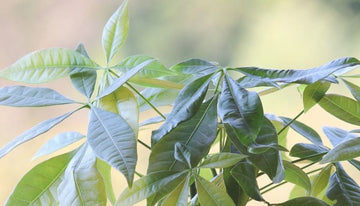
 At Palasa, we believe in the seamless fusion of nature, design and humanity.
At Palasa, we believe in the seamless fusion of nature, design and humanity.